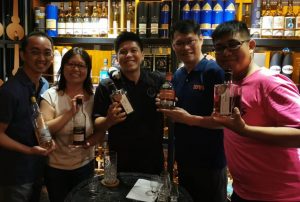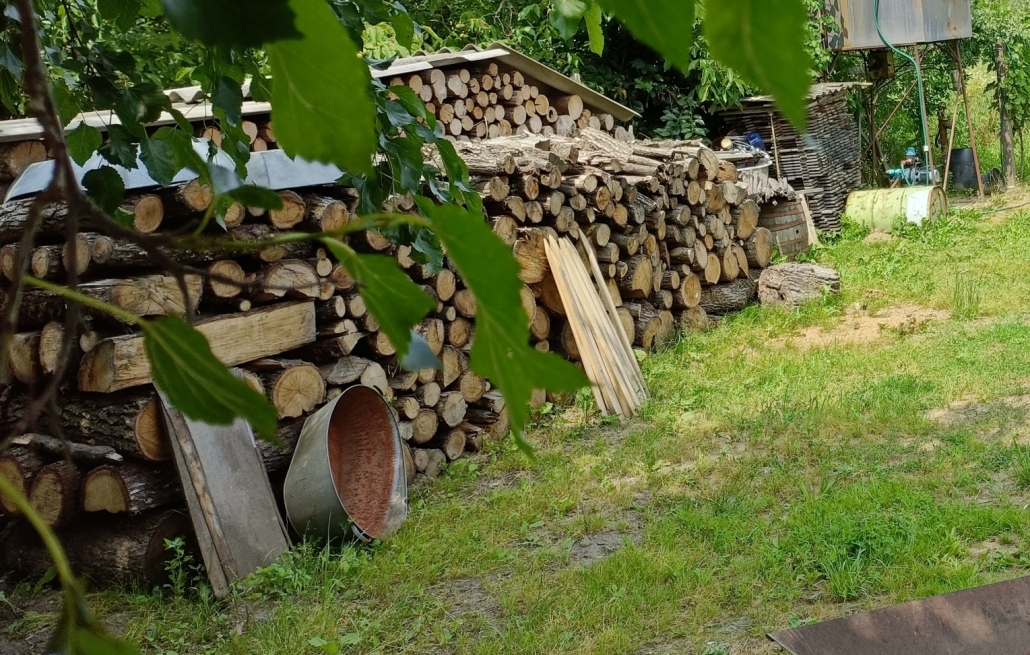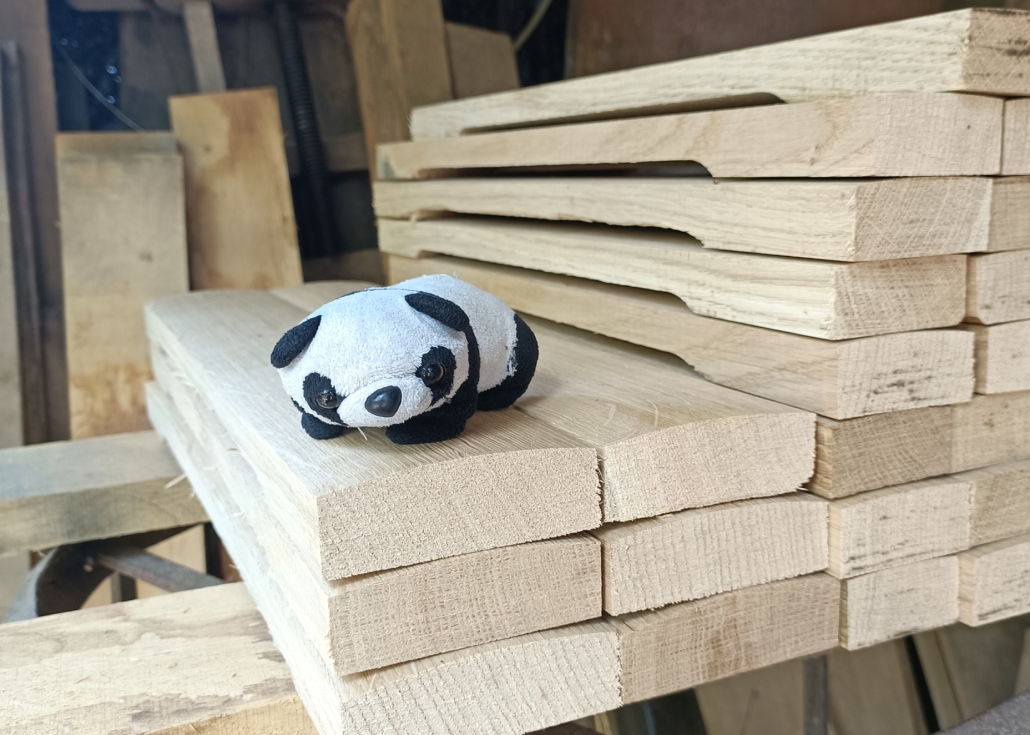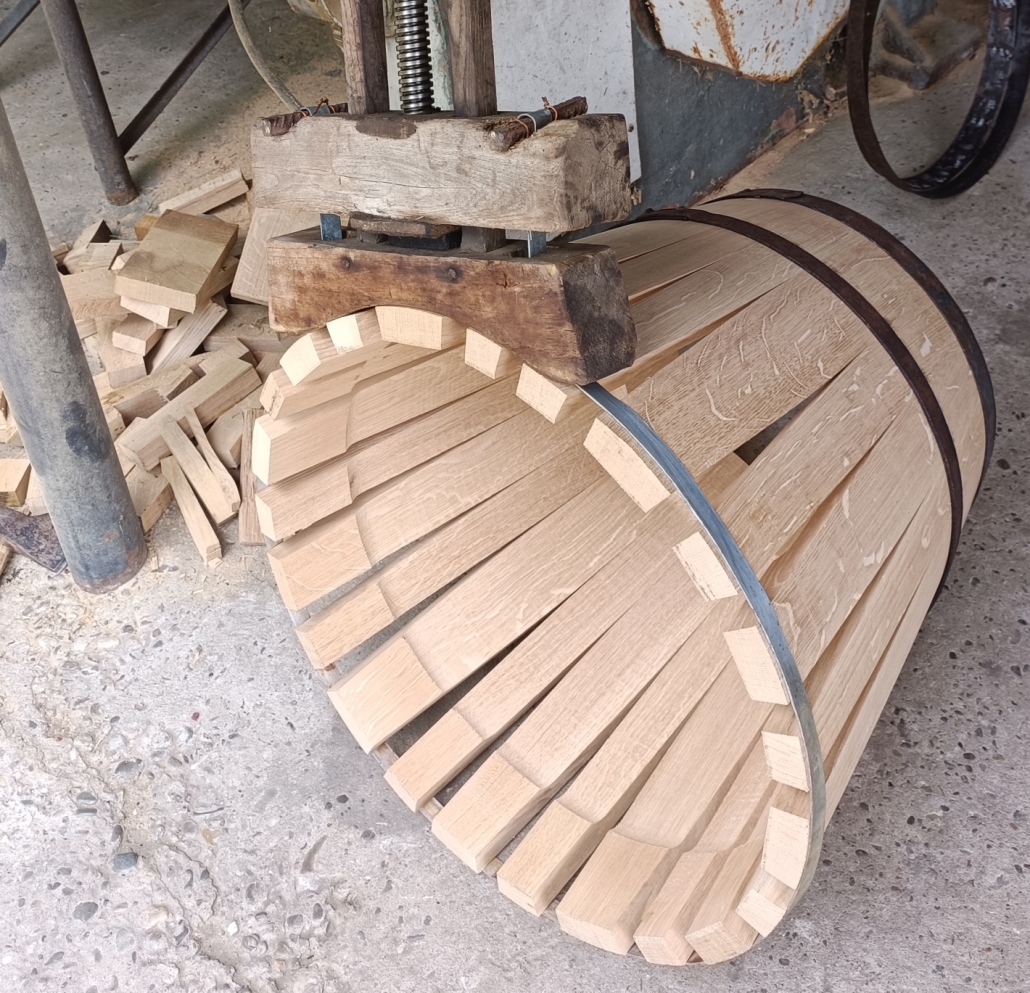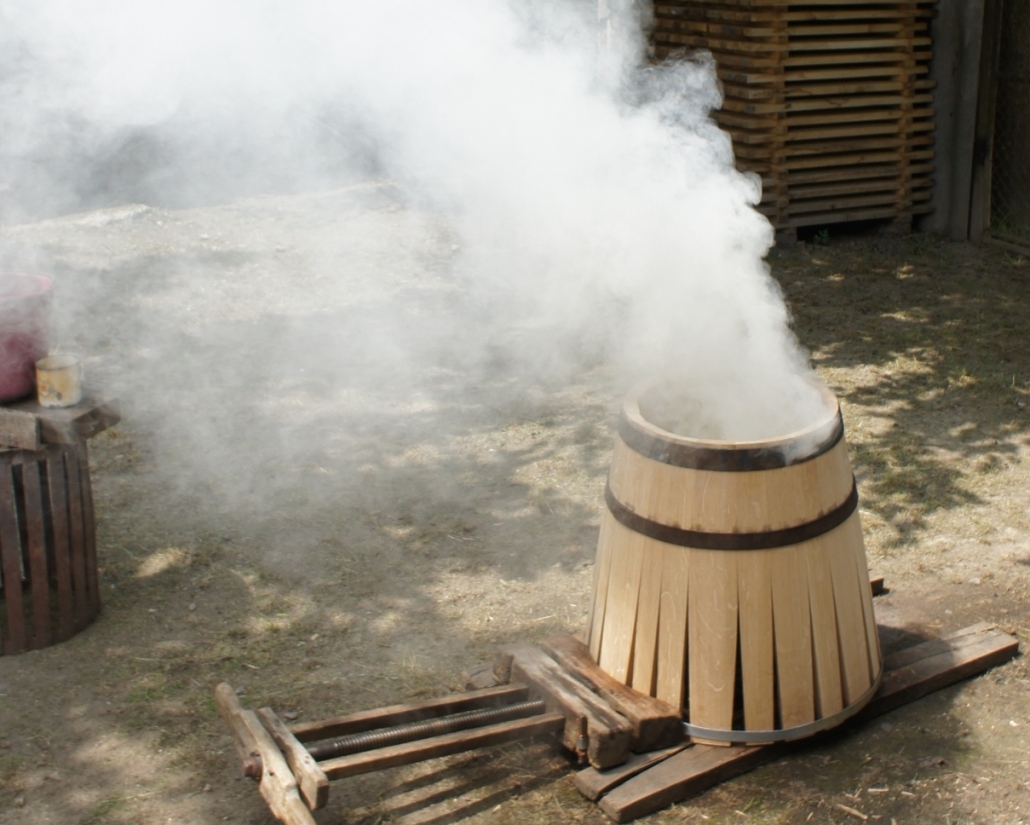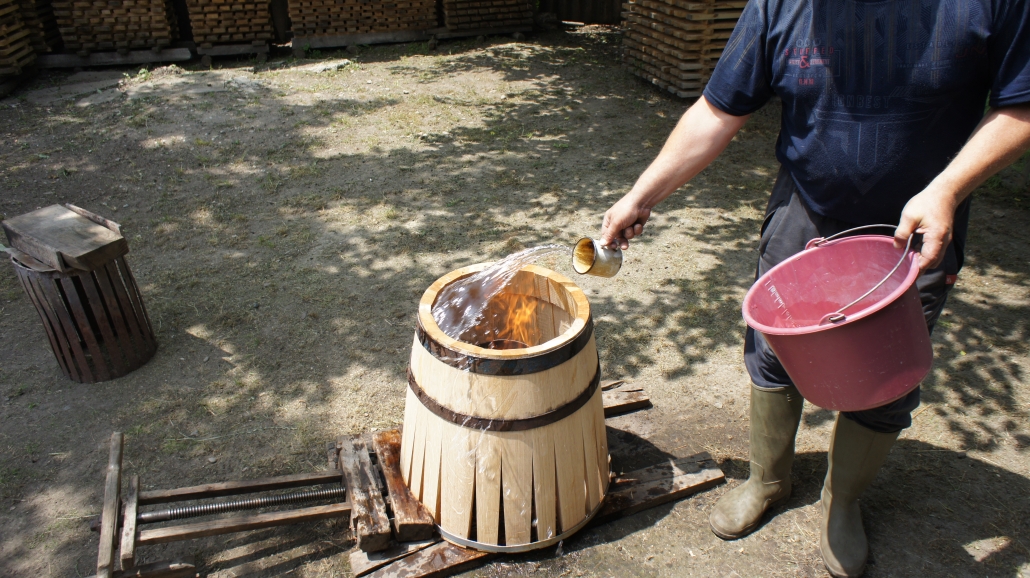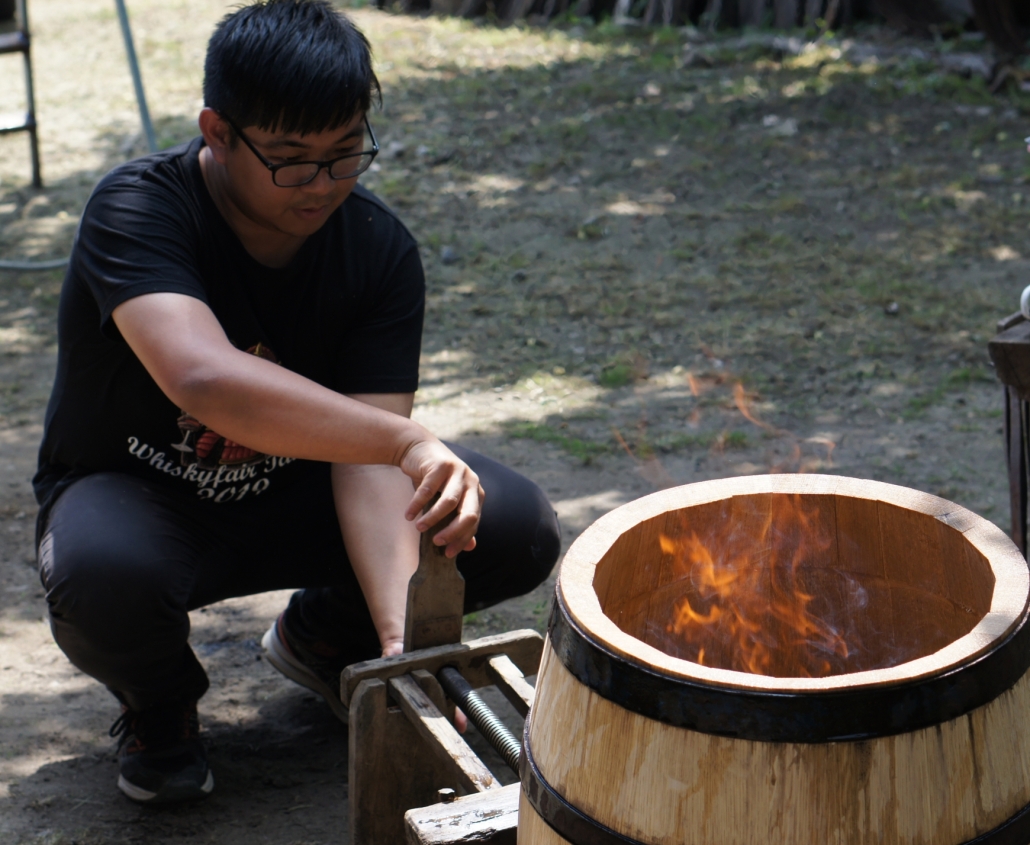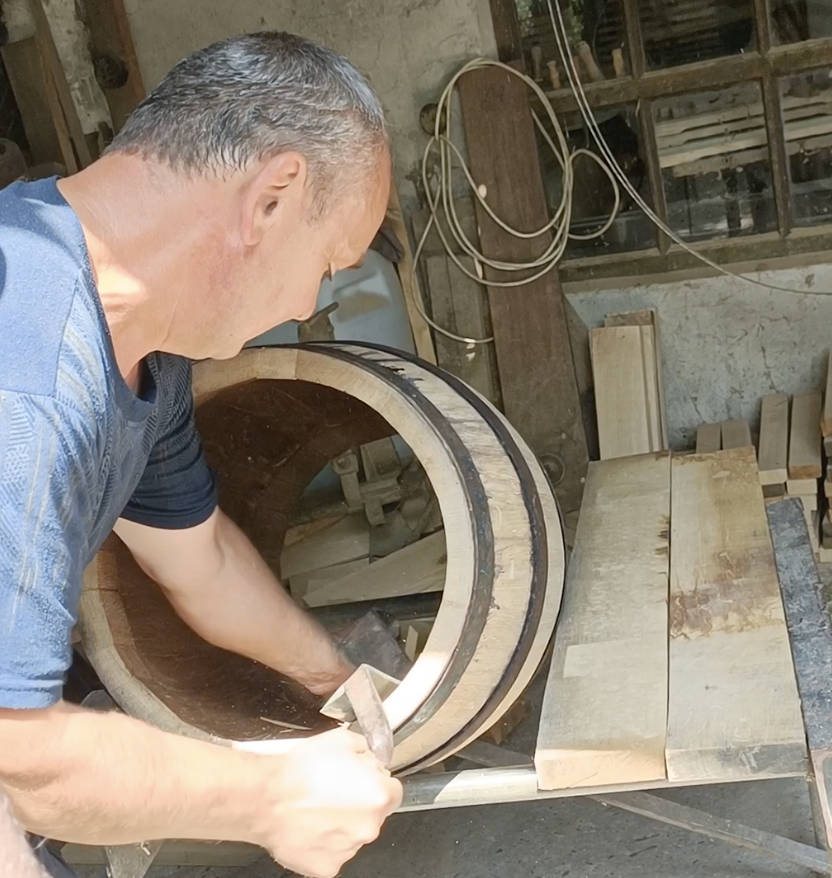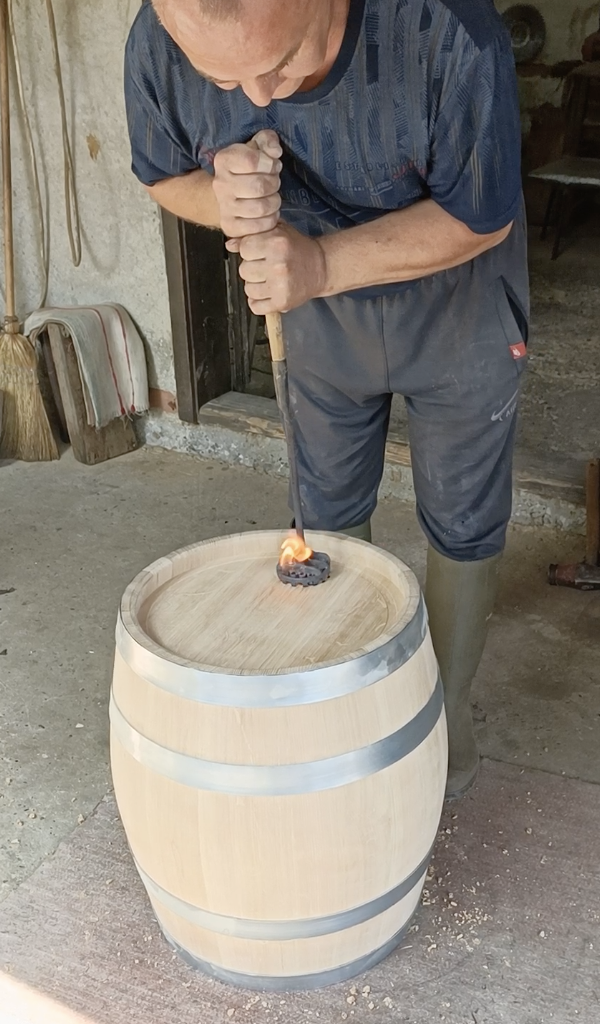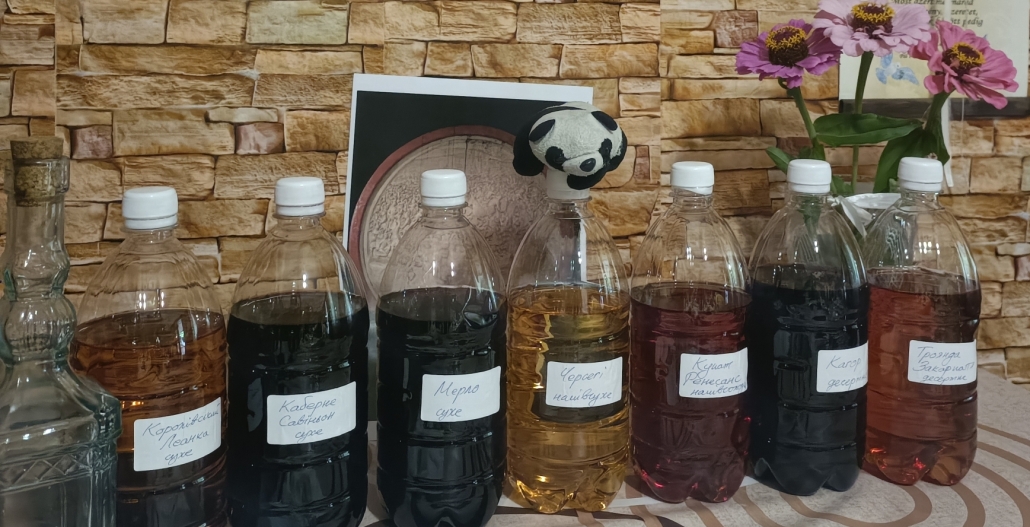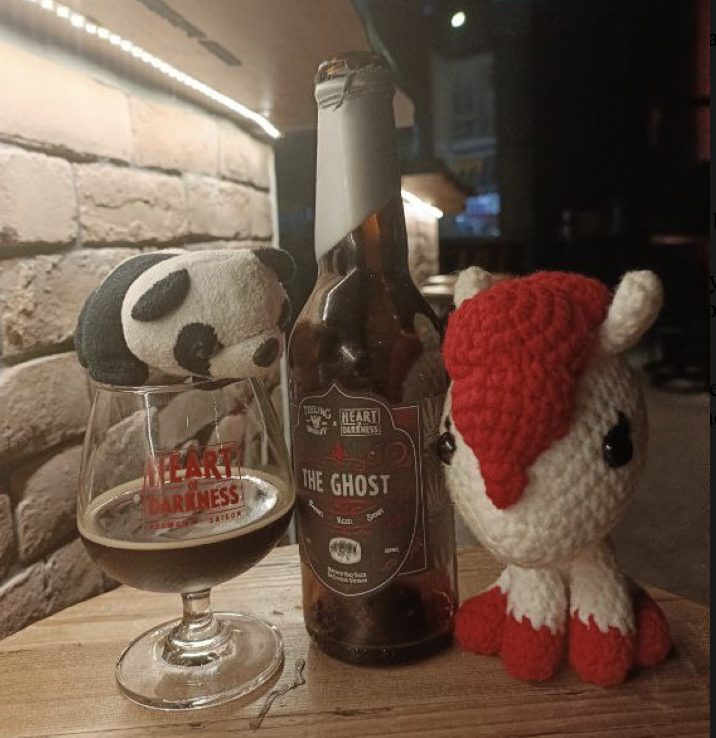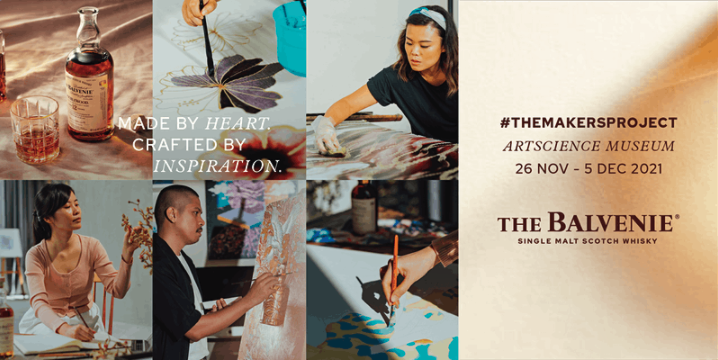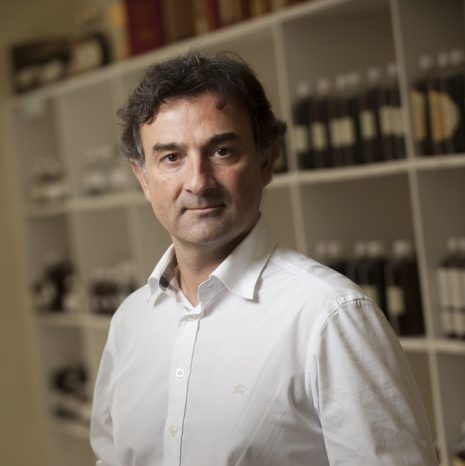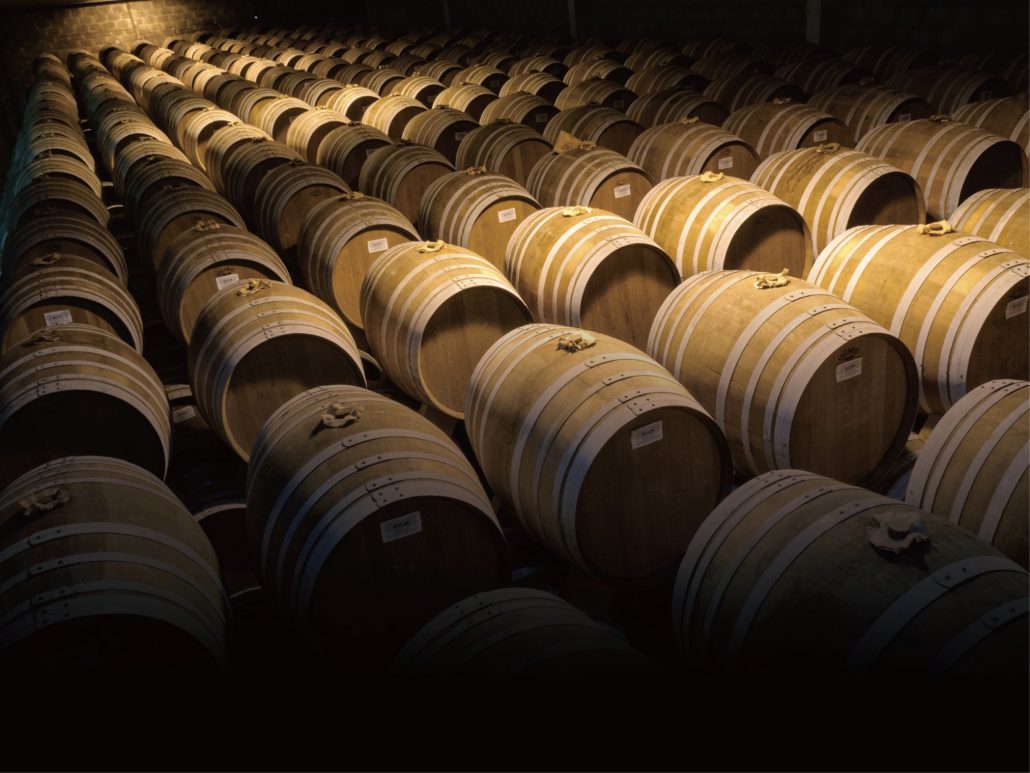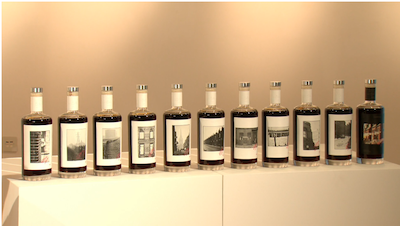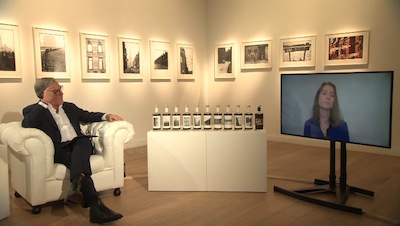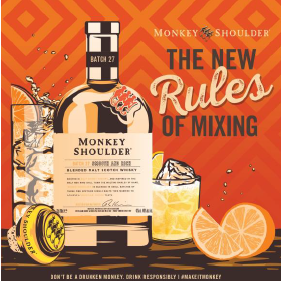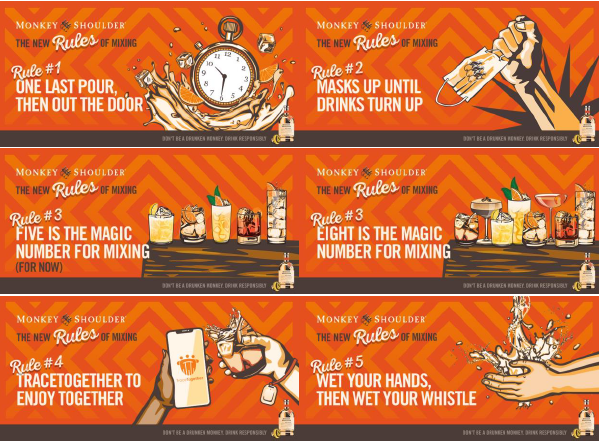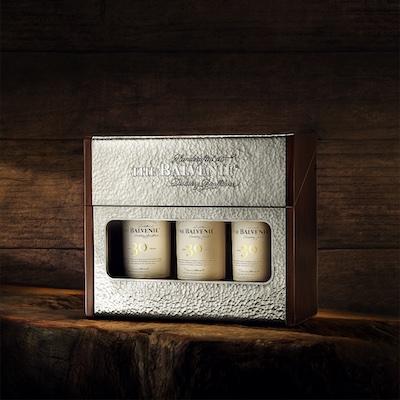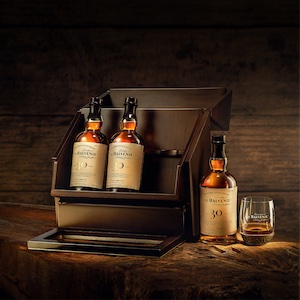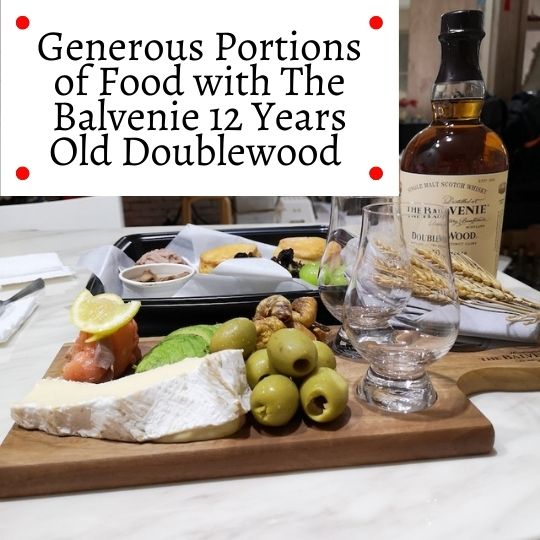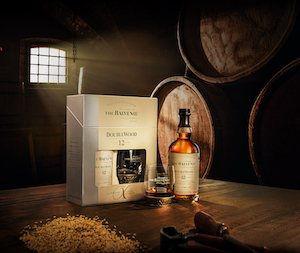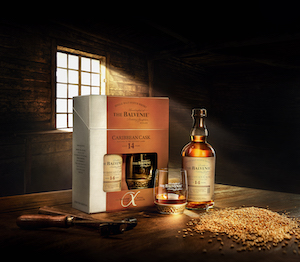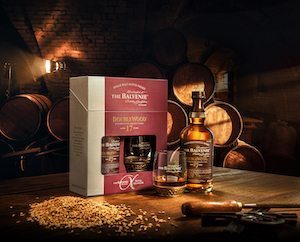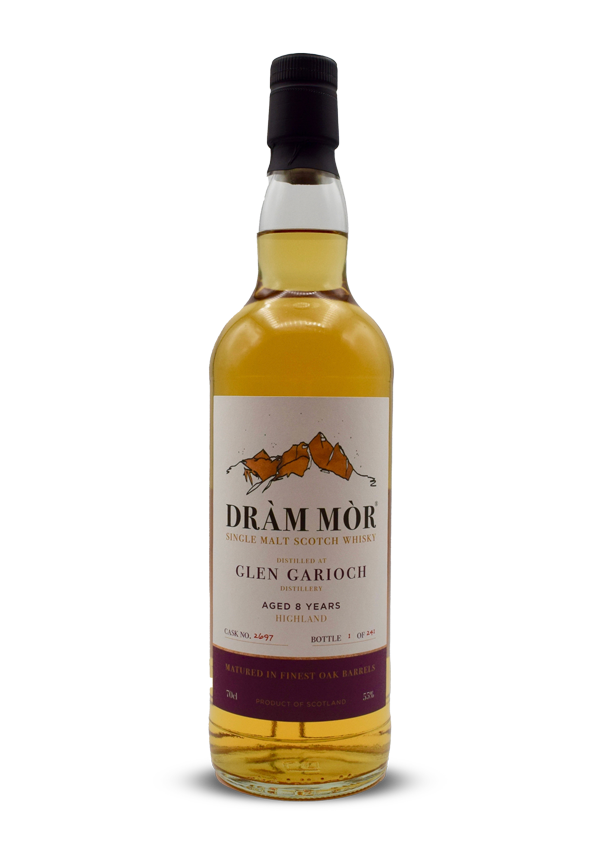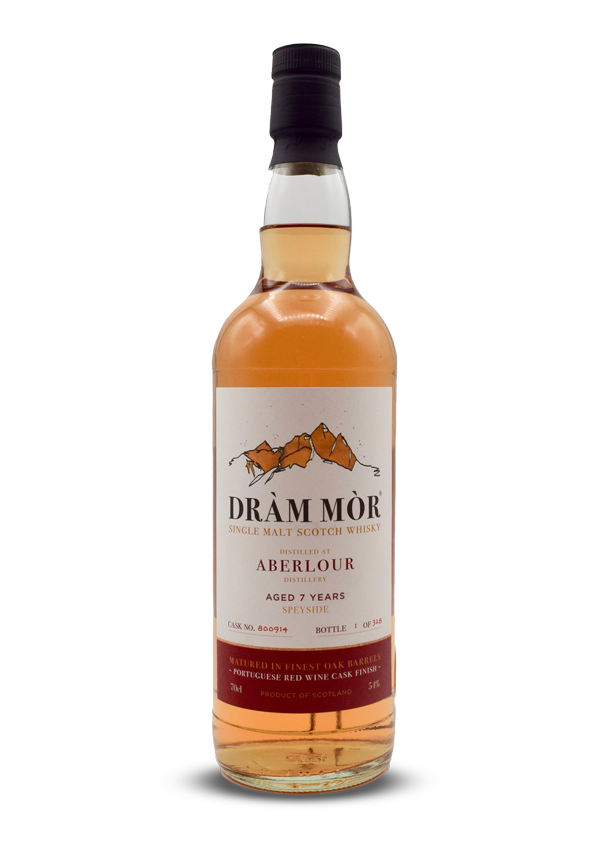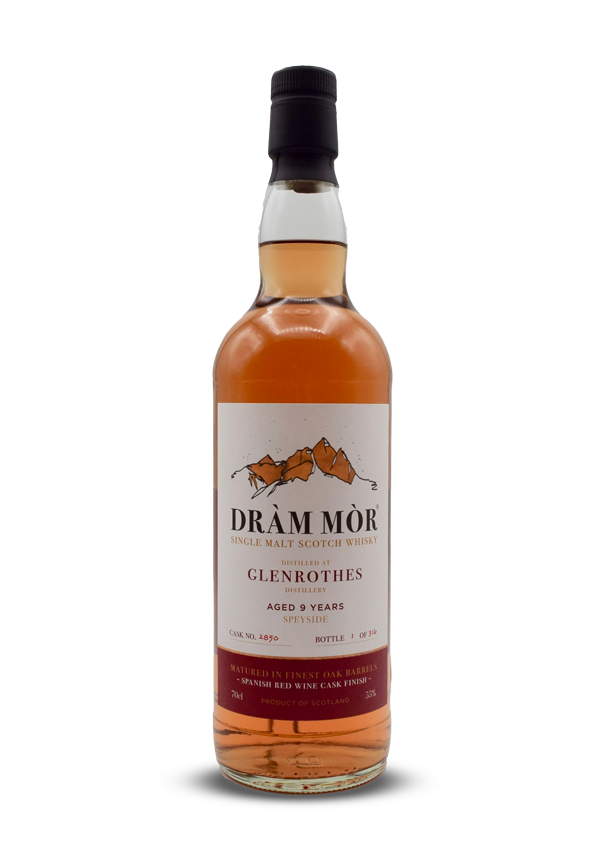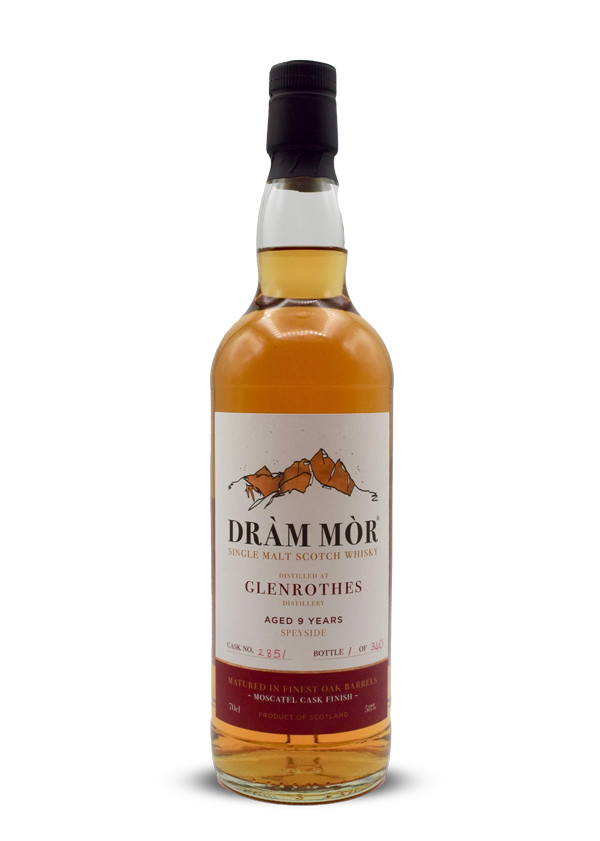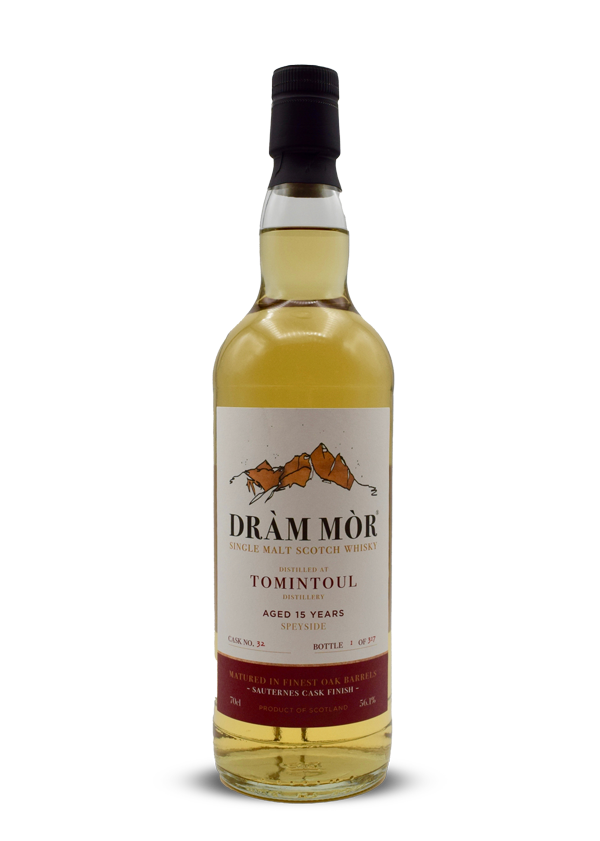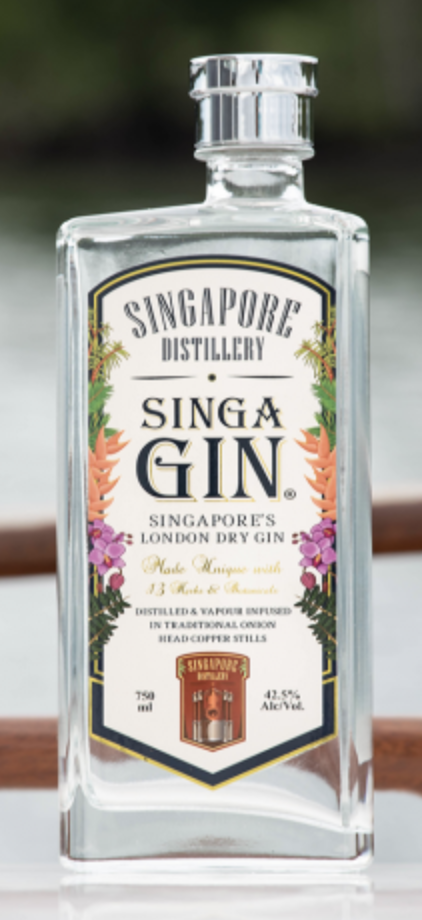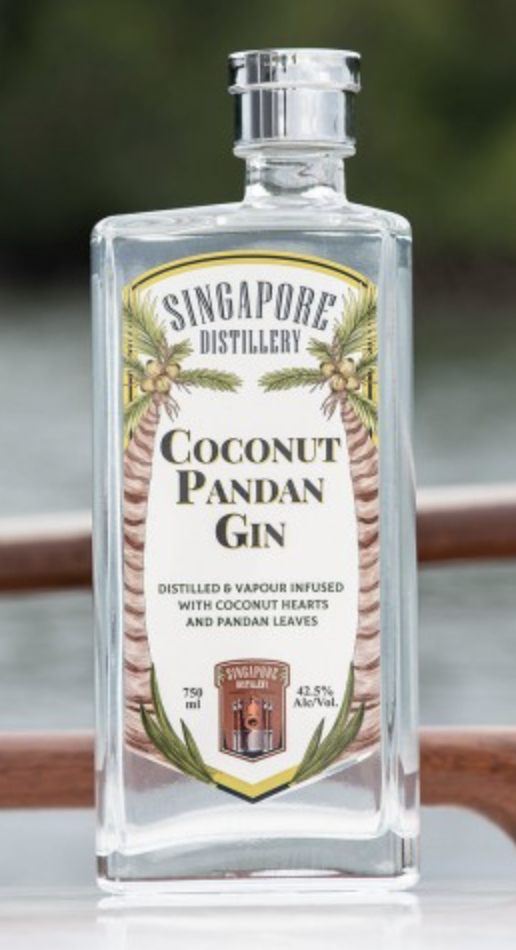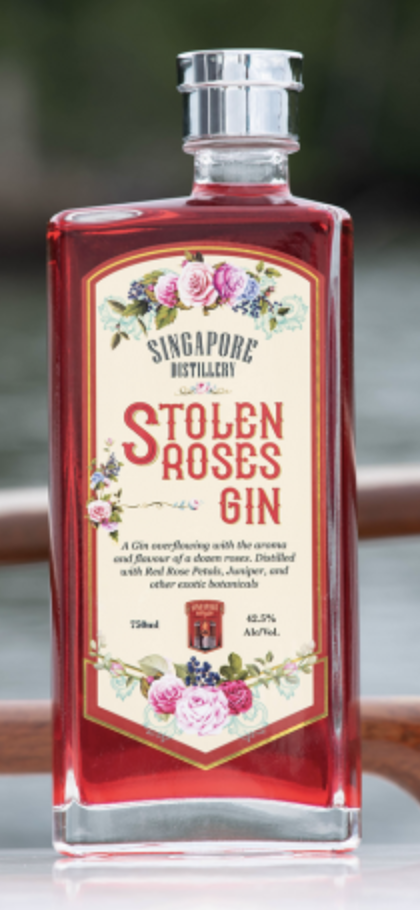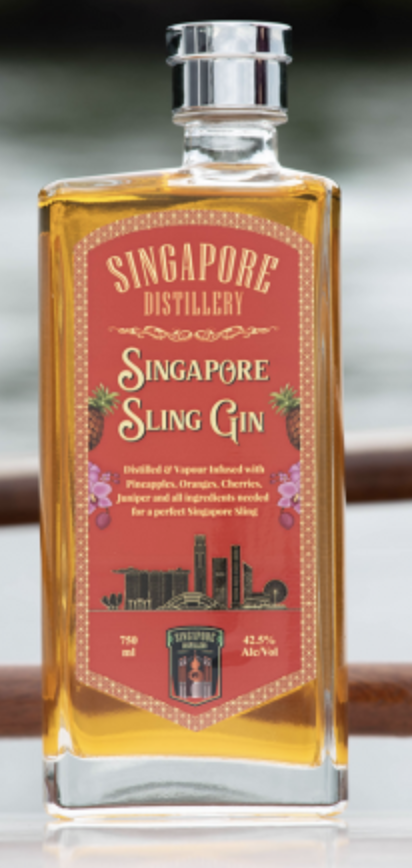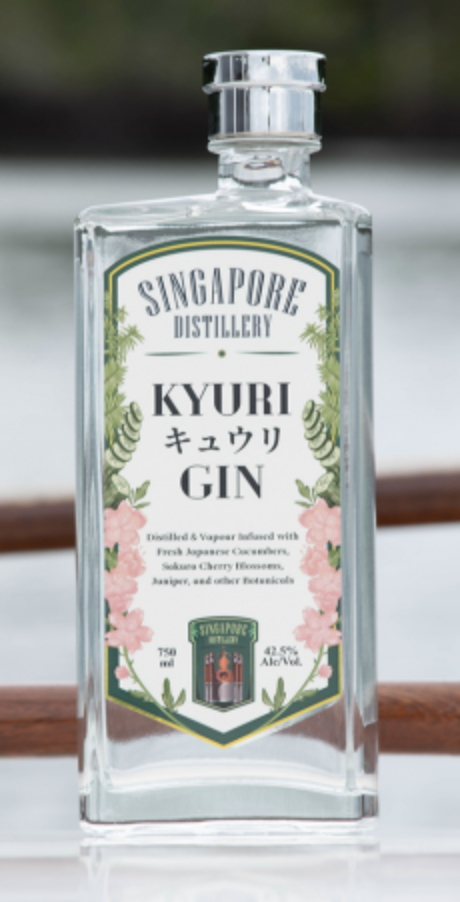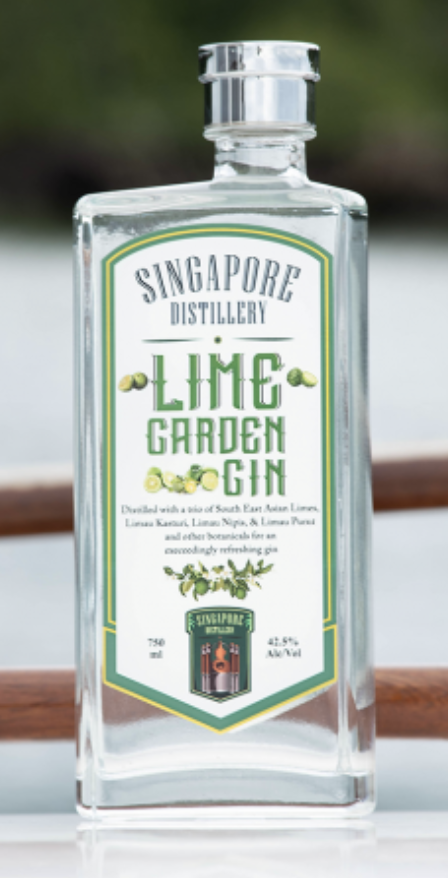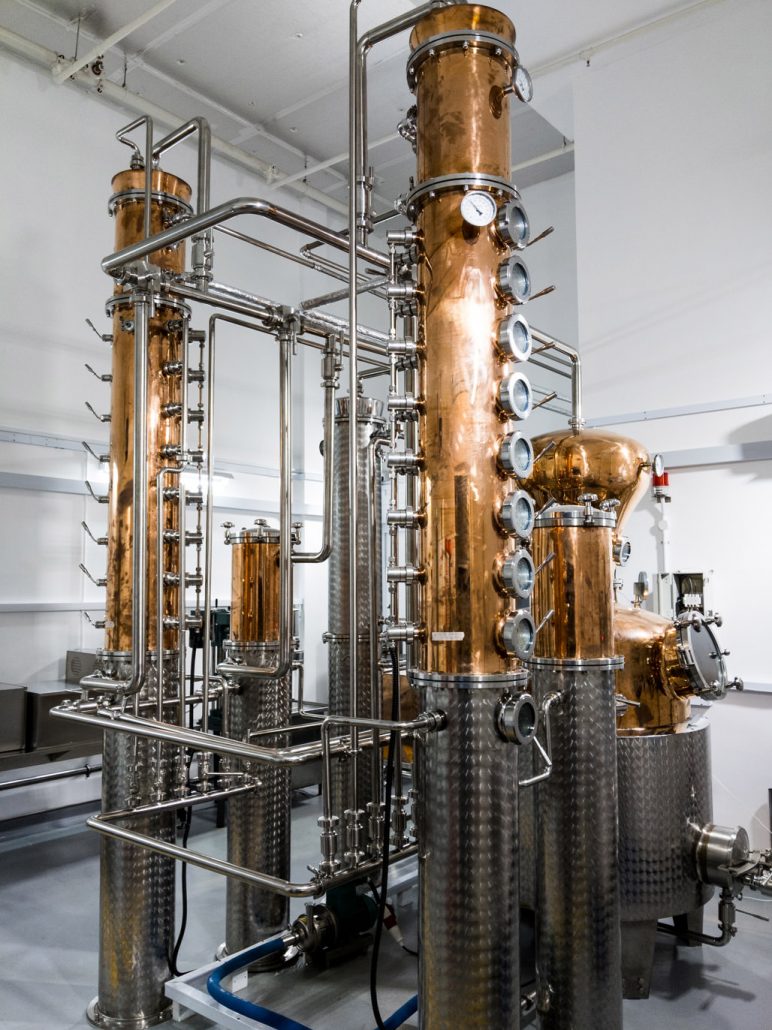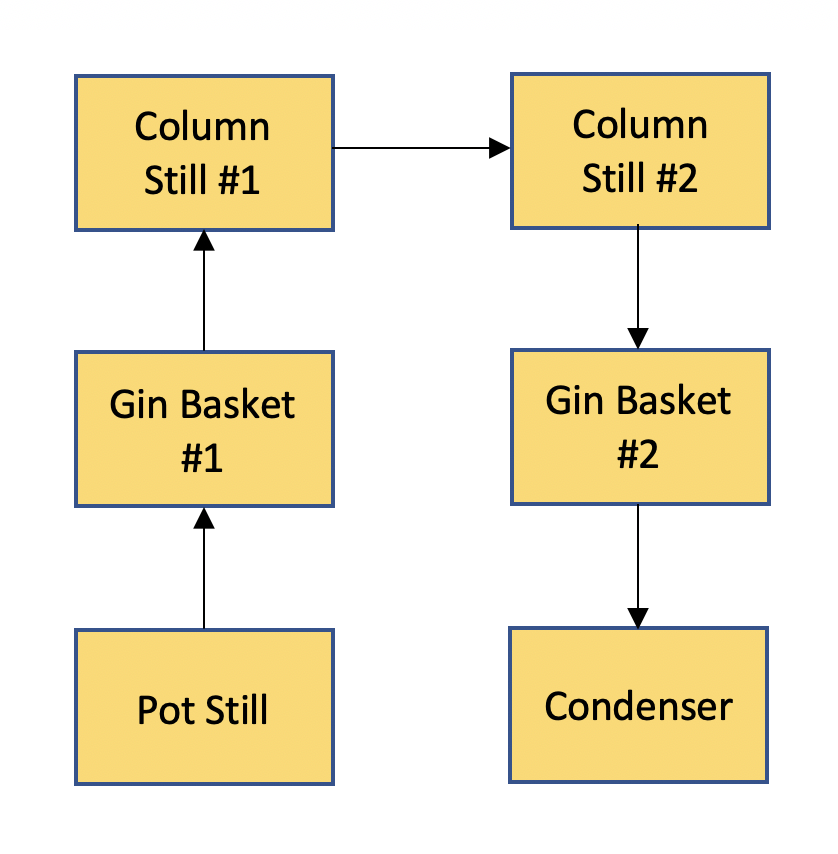The Single Cask X Spirits Castle
Tony owns HNWS, which is a Taiwan Independent Bottler and Spirits Castle distributes them in Singapore. This tasting at the Single cask concluded Tony’s second whisky tasting in Singapore! Click here to see the whisky dinner Tony was at just the day before! He finished with a bang by doing a crossover event with our friends from The Single Cask!
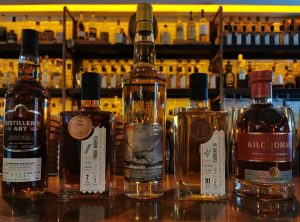
Glenrothes 13yo 2005 HNWS
Nose: I was greeted with hazelnut and dark chocolate, followed by cinnamon, roasted nuts, brioche and dried fruit notes. With water, there were notes or boiler peaches, mocha coffee notes and more distinct dark chocolate notes.
Palate: Cinnamon arrival followed by notes of hazelnut, brioche, nutty marzipan, dark chocolate and grapefruit rind. With water, the texture was softer, and its favours are a lot more accessible.
Finish: Dark chocolate, brioche, hazelnut, lemon zest and a savoury note reminiscent of Olosoro. With water, the dark chocolate note lasts longer.
Glenshiel (Glenrothes) 7yo 2011 TSC
Nose: Vegetal note, cinnamon, figs, hazelnut, cocoa butter, floral notes, chocolate, cranberries. With water, notes of liquorice and cardamom spice.
Palate: Arrival had notes of almonds, toffee, roasted coffee beans, roasted hazelnuts. With water, there were notes of raisins figs, marzipan, peaches and black pepper.
Finish: The finish left a strong impression, with notes of cinnamon, hazelnut, and brioche. With water, there are stronger notes of roast coffee.
Round 1 – Glenrothes:
The Glenshiel, though 6 years younger than the HNWS bottling, had a 6-month finishing period in a wee 50L cask. In such a small cask, the speed of maturation would be a lot faster in 6 months. Therefore, The Single Cask had a dram that had a stronger oak maturation, while the HNWS had less oak maturation. If you prefer the cask-driven experience, then you would enjoy The Single Cask dram. Alternatively, if you prefer a dram that has is more spirit-driven, the HNWS dram will suit you. In my personal opinion, the winner is the former.
ISlay 29yo 1989 HNWS
Nose: soft medicinal notes and coastal brine aromas arrival. Notes of heather, musk, vanilla, mild smoke and honey were also present. With water, this Laphroaig becomes sweeter, with notes of vanilla sponge cake, with notes of musk, leather, earth and notes of damp bonfire ash the morning after.
Palate: A soft smoky arrival followed by medicinal TCP notes, sweet oak, and soft peaches. With water, there were notes of leather, musk and coastal brine
Finish: The finish was a sweet honey vanilla finish along with earthy and medicinal notes. With water, the earthy, smoky and vegetal Lapsang Souchong tea notes become more evident in the finish.
Islay Malt 10yo 2008 TSC
Nose: Lime zest, blueberry, lemon zest, peat smoke, vanilla, mochi sweetness. With water, there were hints of raisins and floral notes.
Palate: Notes of grapefruit, peat smoke, mineral, coastal notes. With water, the dram became sweet with notes of vanilla, brioche, and floral notes.
Finish: Peat smoke, coastal notes, mineral notes, earthy notes. With water, there was an exciting bubblegum note.
Round 2 – Islay:
This Islay battle could be one of age or preference. Do you like a vibrant, lively Islay peat or would you like a soft and gentle note of smoke? Do you prefer Caol Ila or Laphroaig? In my humble opinion, I have a liking towards the older Laphroaig.
Bonus Round: Kilchoman
Nose: Iodine, smoke, earth, mineral brine note, dried fruits, chalk limestone. With water, cinnamon, smoke, earthy
Palate: mineral smoke, earth, cinnamon, chocolate, dried fruits. With water, the taste was sweeter.
Finish: dried fruits, cinnamon, chocolate, peat smoke. With water, there were notes of cinnamon, dry smoke and raisin finish.
